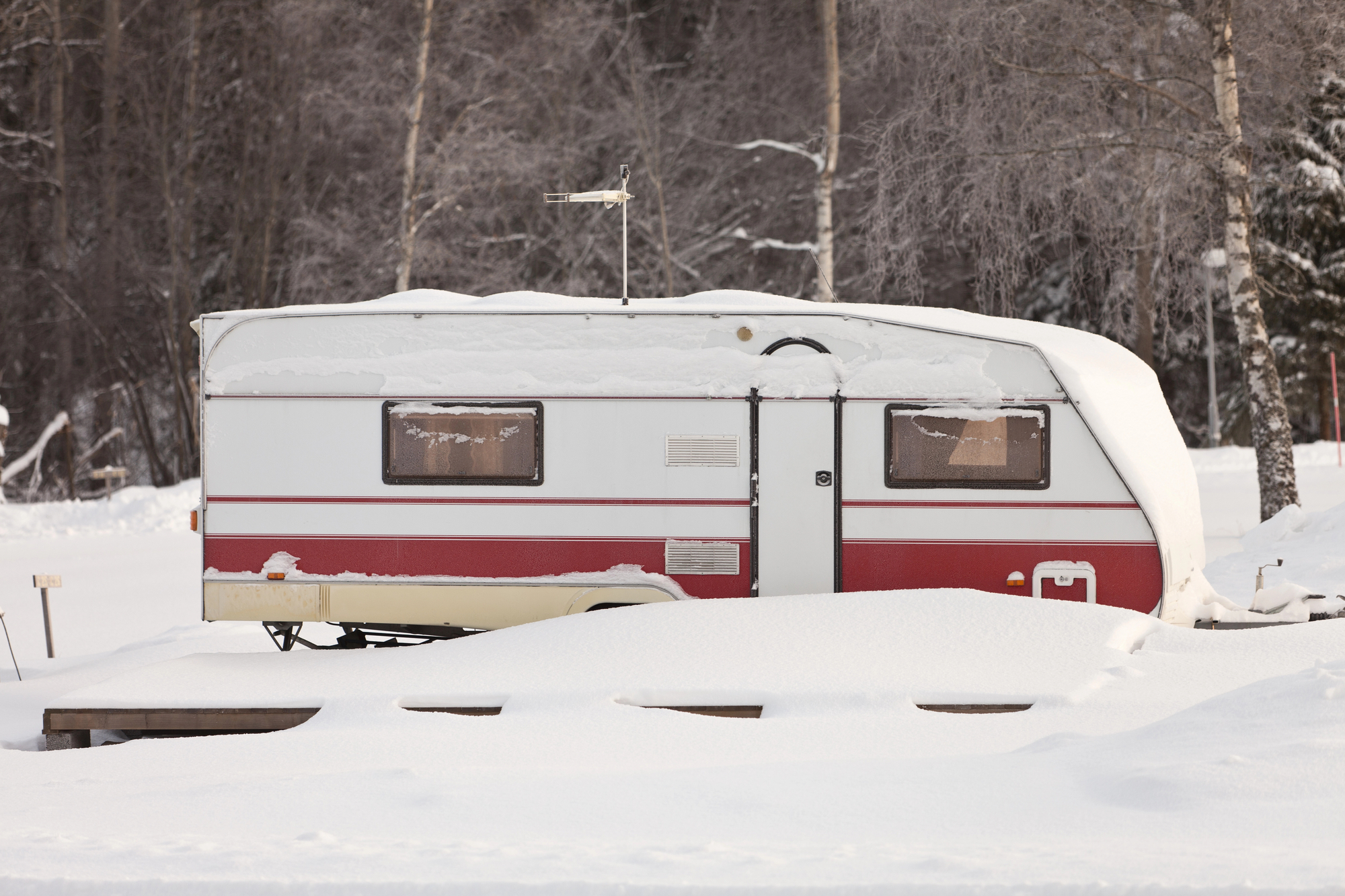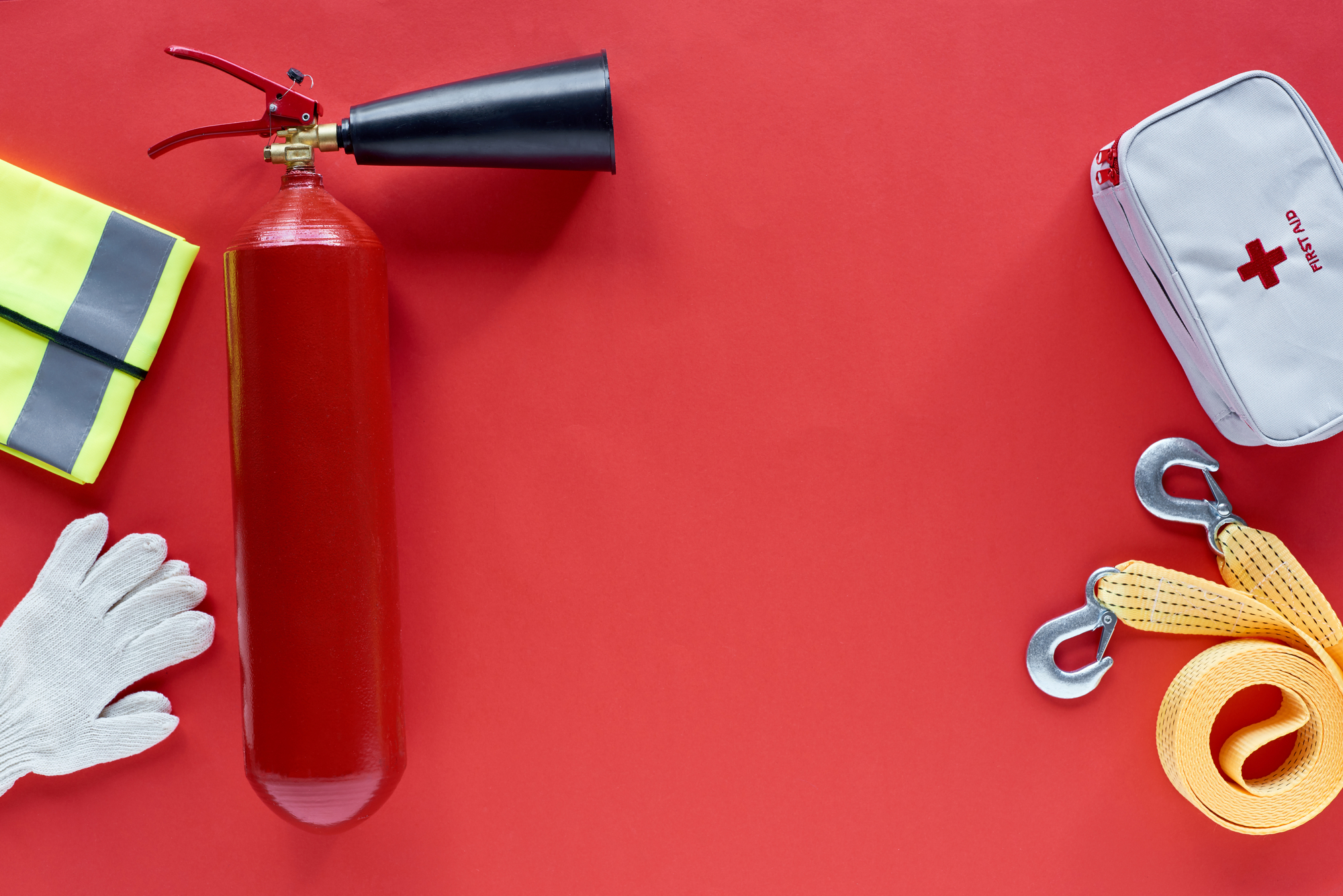
As RV enthusiasts gear up for the changing seasons, the importance of seasonal maintenance cannot be overstated. From ensuring optimal performance under the summer sun to safeguarding against winter’s chill, taking proactive steps is key to preserving your investment. By following a comprehensive maintenance routine tailored to each season, recreational vehicle owners can enjoy worry-free travel and prolong the lifespan of their vehicles, thus improving their return on investment. But what specific steps should you take to prepare your RV for the upcoming seasonal shifts? Let’s explore the essential maintenance tasks to keep your RV in prime condition throughout the year.
The Importance of Regular and Seasonal Maintenance
Why is regular and seasonal maintenance crucial for the longevity and optimal performance of your motorhome, travel trailer, or hauler? Regular maintenance is essential to ensure that your RV stays in top condition throughout the year, whether during the summer camping months or the harsh winter storage period. By conducting routine maintenance checks and addressing any issues promptly, you can prevent costly repairs and extend the lifespan of your RV.
Seasonal maintenance plays a vital role in preparing your RV or travel trailer for the specific challenges each season brings. As you transition from summer adventures to winter storage, it is crucial to pay special attention to your RV storage and protect it from cold weather and other winter-related issues. Proper winterization can prevent damage to your RV’s plumbing system, appliances, and exterior components.
On the other hand, as the winter months fade away and summer approaches, your RV needs a thorough check-up to ensure it is ready for the road. From checking the air conditioning system to inspecting the air pressure in the tires and the brakes, summer maintenance prepares your RV for the upcoming camping season.
By performing seasonal maintenance tasks diligently, you can enjoy worry-free travels and make the most out of your RV experience.
Summer Maintenance Checklist Before Starting Camping Season
As we mentioned, summer and seasonal maintenance are key elements in ensuring that your RV is in top condition year-round, with specific tasks to focus on during the summer months to keep your vehicle road-ready. In the summer, it’s essential to pay attention to various components of your RV to guarantee a smooth and enjoyable travel experience. You’ll need to check everything, including the electrical system, plumbing, AC, ventilation, and even appliances. Make sure all connections are secure and there are no signs of wear or damage.
Here’s a maintenance checklist for RV owners getting ready for the summer and after the winter months:
1. Exterior Inspection:
- Check the exterior for any signs of damage, such as cracks, leaks, signs of corrosion, or wear and tear.
- Inspect the roof, seams, and seals for any signs of damage or deterioration.
- Check the high beams, brake lights, turn signals, fog lamps, and any other light source on the exterior.
- Clean the exterior of the RV, including washing and waxing to protect the paint and finish.
2. Tires and Wheels:
- Start by checking the tire pressure regularly during the summer months, as high temperatures can affect tire pressure. Properly inflated tires not only improve fuel efficiency but also ensure better handling and safety on the road. Replace any damaged tires.
- Check the wheel bearings and axles for proper lubrication and functionality.
- Rotate the tires if necessary.
3. Interior Inspection:
- Check all appliances, including the refrigerator, stove, oven, and any others, to ensure they are functioning properly.
- Inspect the plumbing system for leaks and proper operation.
- Test the electrical system, including the lights and outlets.
- Do a deep cleaning after winter storage.
4. Fluids and Filters:
- Check and top up all fluids, including oil, transmission fluid, brake fluid, and coolant.
- Replace the engine oil and oil filter if it has been sitting for an extended period.
- Check and replace air filters as needed.
5. RV Battery and Generator:
- Inspect and clean the battery terminals, checking for corrosion or loose connections.
- Check the water level in the lead-acid batteries.
- Test the battery and charge it if necessary.
- Consider servicing the generator if your vehicle has one to avoid any unexpected issues during your summer adventures. Running at least once before any trip after storage.
6. Propane System:
- Check the propane system for leaks and proper operation.
- Test all propane-powered appliances to ensure they are working correctly.
- Refill or replace the propane tanks as needed.
- Have trained service tech make any necessary repairs. Don’t just DIY.

7. Awning and Slide Outs:
- Inspect and clean the awning, checking for any tears or damage.
- Check and lubricate the slide-out mechanisms to ensure they operate smoothly.
8. Safety Equipment:
- Test all safety equipment, including smoke detectors, carbon monoxide detectors, and fire extinguishers.
- Check the emergency exits and ensure they are unobstructed.
9. Water System:
- Flush and sanitize the fresh water tank for clean water.
- If you have water filters, replace or clean those as well (depending on the manufacturer’s guidelines.)
- Check all water lines and connections for leaks.
- Test the water pump and hot water heater.
10. Ventilation and AC:
- Clean and inspect the roof vents and air conditioning unit. Traveling without an air conditioner in the summer heat can be hazardous, not just uncomfortable, so guarantee it is functioning correctly. Clean or replace the filters to maintain optimal airflow and cooling performance during hot summer days.
- Inspect all windows for potential leaks that could lead to water seepage. Properly sealed windows are vital in maintaining a dry and comfortable interior, saving energy while the AC runs, and protecting the interior during rainy seasons or when washing your RV.
- Make sure those windshield wipers are in good shape. If not, replace them immediately. They’re essential when traveling in an RV. You are very likely to drive through rain during the summer months. The same goes for checking if you have enough wiper fluids.
By following this checklist, RV owners can ensure their vehicle is in top condition for summer use after being stored during the winter months.
Monthly Interior and Exterior Maintenance
Let’s now turn our attention to the essential monthly maintenance requirements for your RV. Even when in storage, there’s a need for regular cleaning and checking for any signs of wear and tear to avoid any potential issues that can accumulate while either in storage or between trips every month. Regular attention to both interior and exterior maintenance will help ensure your RV stays in optimal condition and is ready for your next adventure.
Interior RV Maintenance
Here are three essential monthly maintenance tasks to ensure your RV’s interior remains in top condition:
- Inspecting Fresh Water Tank: Regularly check the fresh water tank for any signs of leaks or damage. Addressing any issues promptly can prevent water damage and contamination, ensuring a clean and safe water supply for your travels.
- Monitoring Interior for Water Damage: Keep an eye out for any signs of water damage inside your RV, such as stains, soft spots, or musty odors. Detecting and addressing water damage early can prevent costly repairs and preserve the overall quality of your RV’s interior.
- Run Your Generators: Constantly run your generators at least every two months.
- Clean Ducts and Vents: Don’t let even a spec of dust accumulate in your ventilation system. Vacuum and dust off any vent and duct. Also, look for spiders or bugs while you’re at it.
- Lubricate Interior Components: Everything from latches, hinges, and other moving parts will need to be regularly lubricated and secured, especially if you are using your camper or RV more than once a year.
- Repack Emergency Kit and Toolbox: Make sure you have everything restocked, including the first aid kit, emergency road kit, and toolbox after every trip.
- Deep Clean: This does not have to be monthly but can be done seasonally if you regularly vacuum and clean your interiors after and before a trip. Once every six months, hire a deep cleaning service or do it yourself and really get in there. The toilets, fridge, drawers, beds, undersides, fixtures, every nook and cranny. Do this, especially after winter storage, but not only.
Exterior RV Maintenance
Regular inspection of your RV’s exterior components is also essential if you want to perform proper maintenance on your RV. When it comes to monthly maintenance, paying attention to key areas like tires, batteries, and the engine can make a significant difference in how your RV functions, especially during the colder months.
- Keep Inspecting Tires: You will never space the need to check your tire pressure. Tires actually lose more tire pressure when not in use. Also, check for signs of wear, as they are crucial for safe travels.
- Check Your Battery Water Levels: It’s important to check your batteries’ water levels both before a trip and monthly, although this will depend on the manufacturer’s guidelines.
- Test Battery Charge: Additionally, inspect the batteries to ensure they are holding a charge and are in good shape. A well-maintained engine is vital for a smooth journey, so make sure to address any issues promptly.
- Check Under RV: You don’t want any critters making nests under or around the exterior of your camper or trailer.
- Wax and Clean Your RV: This doesn’t have to be monthly because it’s a hassle and expensive, but at least every six months, clean and wax your motorhome’s exterior to prevent damage to the paint, metal workings, windshield, and other parts of it. Check for cracks, holes, etc.
How to Prepare Your RV for Winter Storage
No complete checklist can go without a few things to do before storing your RV for the winter. There are key steps to follow to ensure it remains in top shape:
- Empty and Clean Water Heater and Lines: Start by emptying and cleaning out the water heater and all water lines to prevent freezing and potential damage. Having gallons of water just sitting there in potentially freezing temperatures is a very bad idea for your RV plumbing and engine.
- Top Up Fluid Levels: Check and top up all fluid levels, including oil, coolant, and windshield washer fluid, to prevent any issues from arising during the winter storage period.
- Inspect Brakes: When preparing your RV for winter storage, don’t forget about the brakes. It’s crucial to inspect the brakes and ensure they are in good working condition before storing the vehicle. Properly functioning brakes will prevent any mishaps or damage that could occur during storage.
- Park on Level Surface: Ensure your RV is parked on a level surface, and consider using wheel chocks to prevent any movement during its time in storage.
- Cover with Breathable Tarp: Covering your RV with a breathable tarp can also help protect it from the elements while allowing for airflow to prevent moisture buildup.
If You’re Dreaming of an RV Life, Contact Southeast Financial for RV Loans
You now know that seasonal RV maintenance is essential for ensuring the longevity and performance of your recreational vehicle. By following a checklist for summer and winter preparation, you can avoid costly repairs and keep your RV in top condition year-round. If you’re considering embarking on the RV lifestyle and are in need of financial assistance, Southeast Financial is a reputable institution to contact for RV loans. Whether you’re planning for summer camping or preparing for winter storage, contact Southeast Financial to help make your RV dreams of hitting the open road come true.

